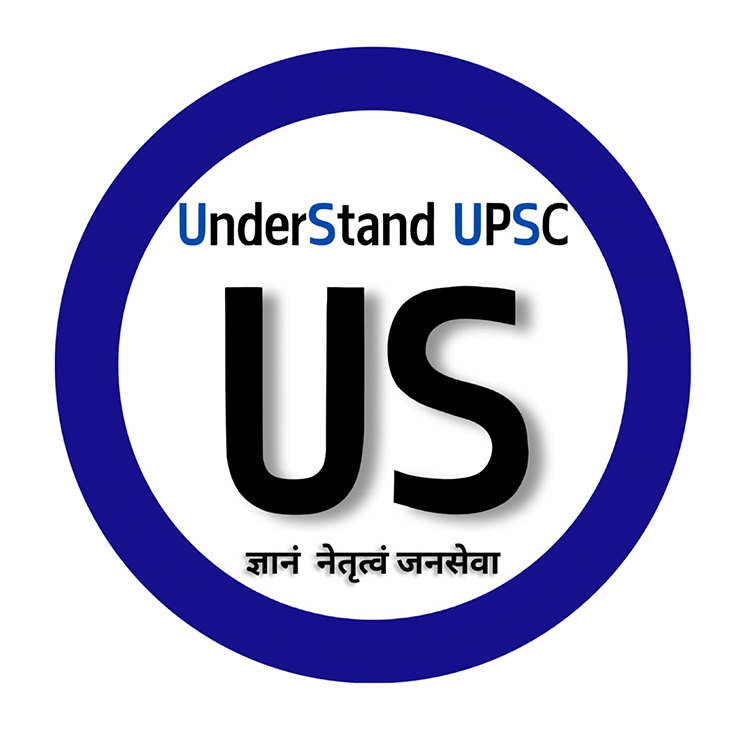Introduction
The judgment in Justice K.S. Puttaswamy (Retd.) v. Union of India is a landmark in constitutional jurisprudence. A nine-judge Bench of the Supreme Court unanimously recognised the right to privacy as a fundamental right under Article 21, linked closely to dignity, autonomy and personal liberty, and entrenched within the framework of Part III of the Constitution.
Background
The Aadhaar project introduced a centralised system of biometric and demographic identification. With UIDAI enrolling over a billion individuals, concerns surfaced regarding large-scale data collection, its potential misuse and the absence of statutory backing in its early years. Petitioners contended that compulsory biometric collection and profiling violated the right to privacy and could enable the creation of a surveillance-driven State.
Court’s Reasoning
- The Court was primarily concerned with determining whether the right to privacy constitutes a fundamental right under Articles 14, 19 and 21.
- It also had to evaluate the constitutional limits on State-led data collection, storage and processing, and whether the Aadhaar architecture vests disproportionate informational power in the State.
- The Supreme Court held that privacy is a natural, inherent and inalienable right. It protects individuals from arbitrary interference by the State and private entities, ensuring freedom in personal choices, bodily integrity and informational control.
- The Court explained privacy through three interrelated dimensions:
• Bodily privacy, ensuring protection from physical intrusion.
• Informational privacy, relating to control over personal data and digital footprints.
• Decisional autonomy, preserving intimate and personal life choices.
The Court clarified that privacy, though fundamental, is not absolute. Any infringement must satisfy the constitutional test of being “just, fair and reasonable”, thereby preventing arbitrary or disproportionate State action.
Doctrine of Proportionality
Wherever the State intrudes upon privacy, the Court applied the doctrine of proportionality as the guiding evaluative standard. The proportionality assessment requires:
• A valid legal basis authorising the intrusion.
• A legitimate State aim pursued in a democratic society.
• A proportionate relationship between the means used and the objective sought.
• Adequate procedural safeguards to prevent misuse or abuse.
This test ensures that privacy restrictions remain narrowly tailored, transparent and constitutionally justified.
Concerns About the Aadhaar Architecture
- The Court observed that Aadhaar involves the creation of a vast centralised repository of biometric identifiers, demographic details and metadata.
- Such concentration of data has deep implications for personal liberty, as it can enable profiling, tracking and behavioural analysis.
- The potential of a surveillance ecosystem makes it imperative that Aadhaar is surrounded by robust statutory safeguards and stringent accountability mechanisms.
Overruling Earlier Precedents
The ruling expressly overturned two older judgments.
• In M.P. Sharma v. Satish Chandra (1954), the Court had denied the existence of a constitutional right to privacy.
• In Kharak Singh v. State of U.P. (1963), police surveillance was upheld on the ground that it did not restrict physical movement.
By overturning these interpretations, the Court aligned constitutional jurisprudence with contemporary democratic and technological realities.
Significance for Indian Constitutional Governance
The Puttaswamy judgment has profoundly shaped India’s legal architecture in the digital age. It laid the foundation for future data protection legislation, strengthened scrutiny over State surveillance and ensured that governance technologies operate within constitutional limits. By anchoring privacy in dignity and autonomy, the judgment centres the individual as the core unit of constitutional protection.
Conclusion
The decision reaffirmed that privacy is indispensable to liberty, dignity and democratic citizenship. As India transitions into a data-intensive governance model, the Puttaswamy judgment functions as a constitutional compass, ensuring that technological innovation does not override the foundational principles of personal freedom and constitutional morality.




